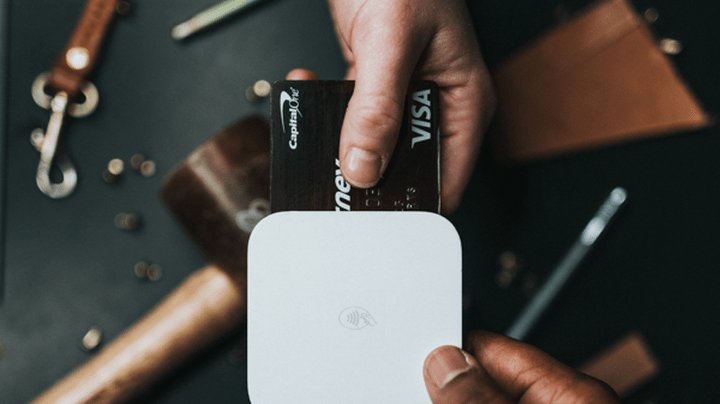5 Credit Card Myths: Debunked
Accepting credit card payment at high school concessions stands isn’t that complicated, or expensive.

Myth 1: Credit Processing Is Expensive
While credit card transaction carries a transaction fee, consumers tend to spend more using their cards than with cash, which more than compensates the fees incurred. A study conducted by MIT about consumer behaviors found that those told they could pay by credit card were willing to pay twice as much as those who had to pay in cash. After all, with cash a consumer can only spend the money physically present in their wallet. This is not to mention the ease of digital transactions, which also makes it more likely for consumers to purchase multiple times, since each transaction is conducted so effortlessly. This corresponds to what we’ve found in the space of stadium concessions. Credit card solutions have led to people placing more orders and larger orders on average, and they don’t have to check twice whether they have enough cash on hand at all. In the context of concessions, a lot of the purchase decisions are made impulsively on the spot (when fans smell the sizzling burgers or see a kid walking by with popcorn). That means the more frictionless a transaction experience is, the more likely consumers will be to make a purchase.

